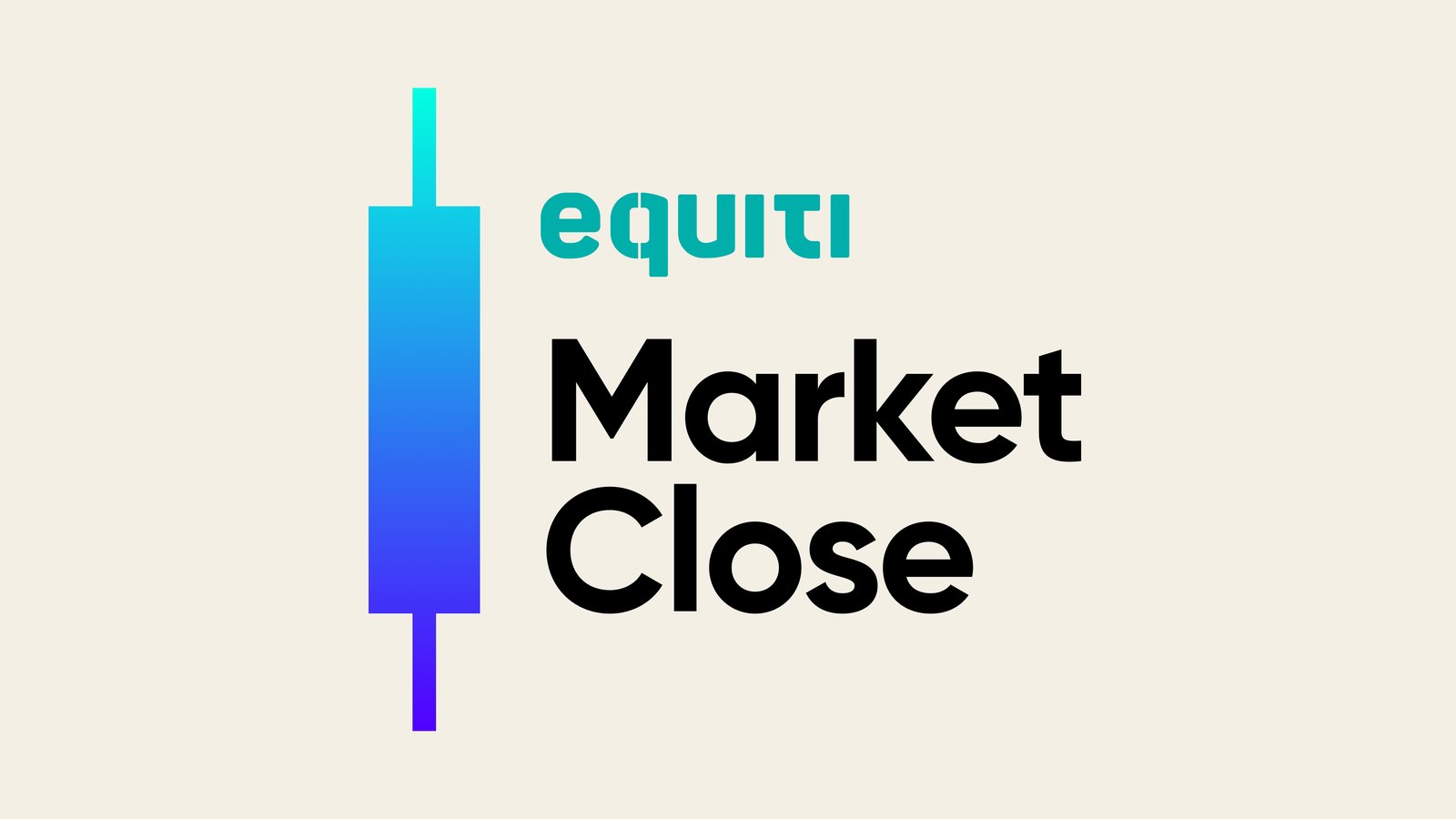Gold hits $3,000 for the first time
Futures rallied after Senate Democratic leader Chuck Schumer dropped his threat to block a key spending bill, cutting the risk of a disruptive March 15 shutdown.

Gold reached $3,000, driven by risk aversion and rate cut hopes.
UK economy contracted 0.1% in January.
Gold surged to a record high of $3,000 per ounce on Friday, bolstered by increasing risk aversion and growing expectations of Federal Reserve interest rate cuts. The milestone underscores strong investor demand for safe-haven assets amid geopolitical tensions and economic uncertainty.
The latest escalation in U.S. President Donald Trump’s multi-front trade war added to market jitters, after he warned of a potential 200% tariff on European wine and other alcoholic beverages. The move follows the European Union’s recent imposition of a 50% tax on American whiskey exports, raising concerns of renewed trade tensions.
Meanwhile, recent economic data reinforced bets on monetary easing. U.S. producer and consumer price index figures signaled easing inflationary pressures in February, giving the Federal Reserve more room to cut interest rates. Lower borrowing costs tend to boost the appeal of non-yielding gold, making it an attractive hedge against inflation and currency fluctuations.
Further supporting gold prices, exchange-traded fund (ETF) demand remained robust, while central banks continued their gold-buying spree. China extended its purchases for a fourth consecutive month, adding to the trend of official sector accumulation.
For the week, bullion is on track to gain nearly 3%, cementing its role as a preferred asset amid global economic uncertainty. The surge also reflects a broader shift in reserve allocations, with official gold reserves rising two-and-a-half times faster than U.S. dollar-denominated reserve assets over the past three years.
British economy unexpectedly contracts in January
The British economy contracted by 0.1% month-on-month in January, reversing December’s 0.4% growth and missing market expectations of a modest 0.1% expansion.
The biggest drag came from the production sector, particularly manufacturing, which struggled amid weaker demand and supply chain disruptions. The services sector, which accounts for the bulk of the UK economy, managed to expand but failed to offset the decline in industrial output.
The surprise contraction adds to concerns over the UK’s economic outlook, with lingering uncertainties around monetary policy and trade weighing on sentiment. Analysts will closely monitor upcoming data to assess whether the downturn is temporary or signals deeper economic weakness.
